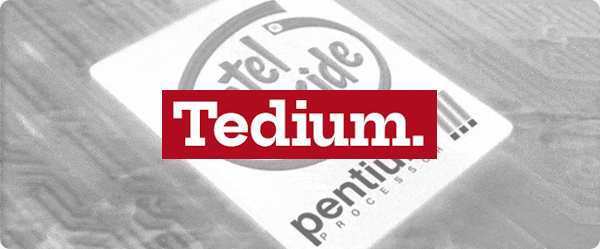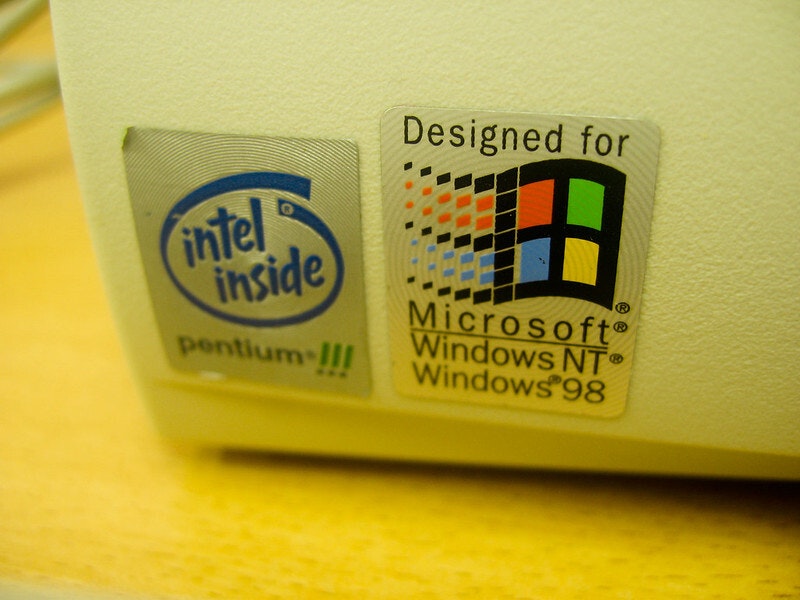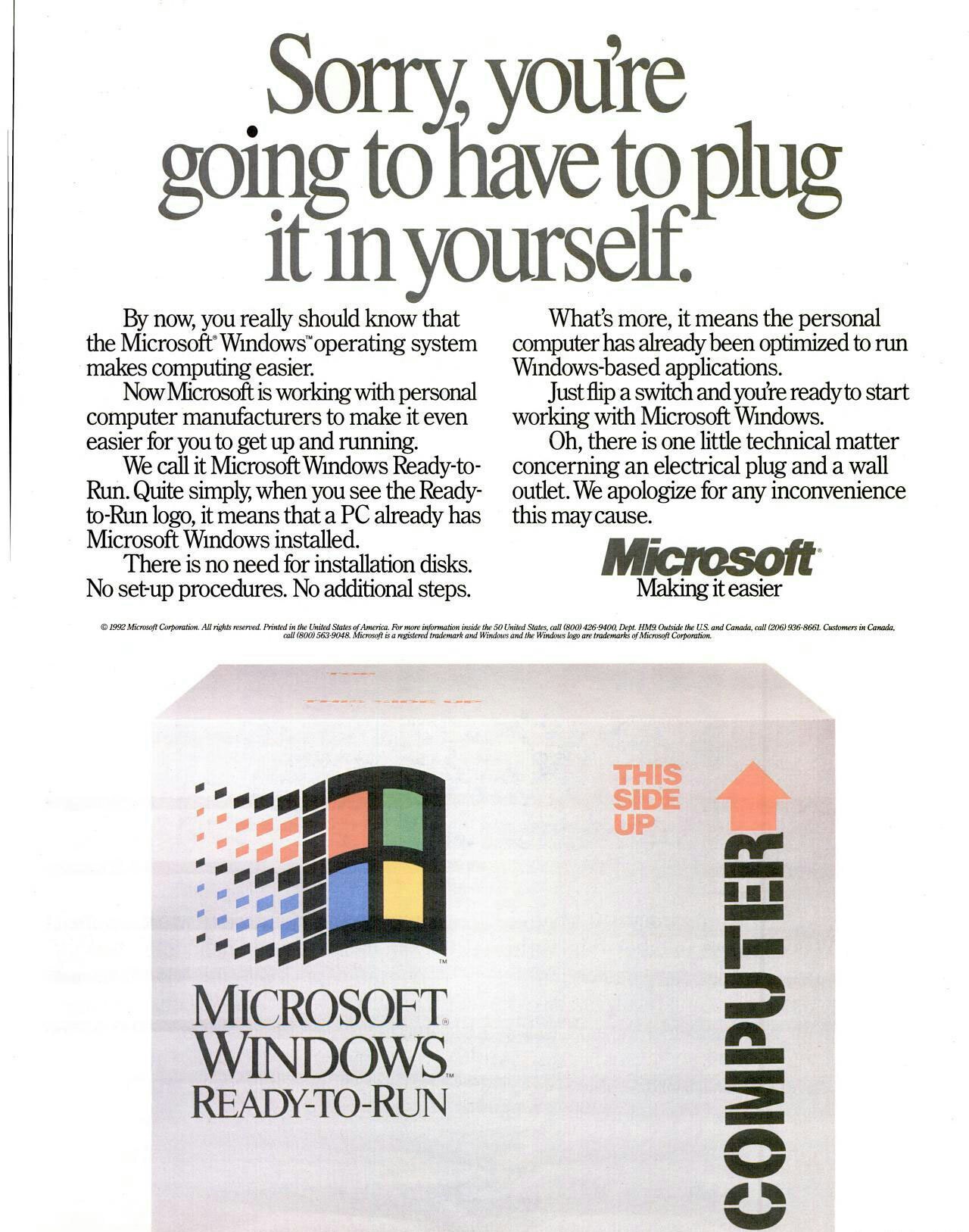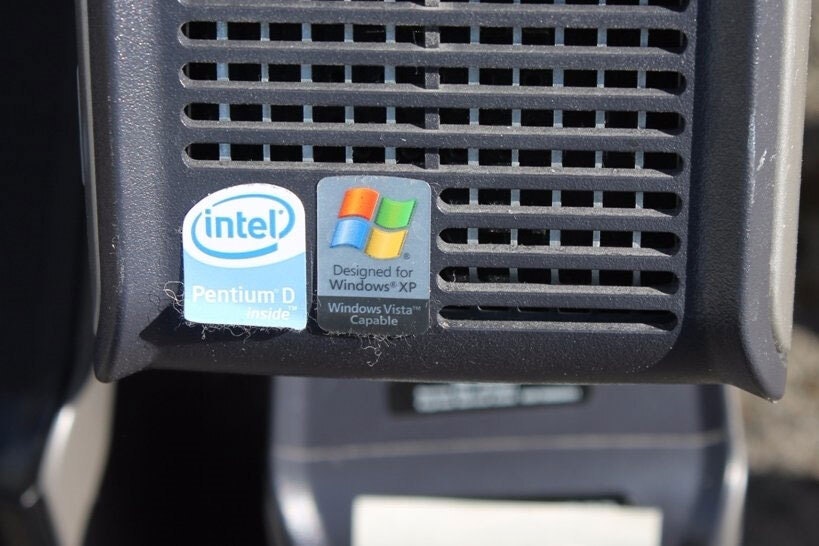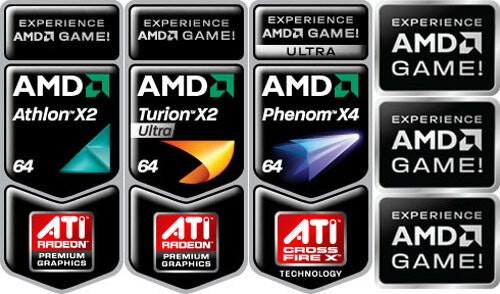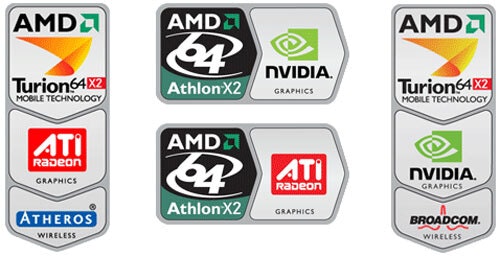Tedium - No Hiding These Logos 💻
|
|
|
|
|
|
|
|
|
Older messages
Plot Point Does Not Compute 💾
Saturday, July 2, 2022
Why bad scenes involving computers happen to good movies. Here's a version for your browser. Hunting for the end of the long tail • July 01, 2022 Today in Tedium: Exactly 26 years ago this week,
Life Between Charges 🪫
Wednesday, June 29, 2022
The rechargeable battery, and the flashlight that popularized it. Here's a version for your browser. Hunting for the end of the long tail • June 29, 2022 Today in Tedium: Perhaps this sounds a
One Week Later … 🗓
Saturday, June 25, 2022
A passionate defense of the Barenaked Ladies' “One Week.” Here's a version for your browser. Hunting for the end of the long tail • June 24, 2022 Hey all, Ernie here with a piece from David
Where The Action Was 💬
Wednesday, June 22, 2022
Ten social networks that didn't make it. Here's a version for your browser. Hunting for the end of the long tail • June 22, 2022 Today in Tedium: The website Orkut.com is a site you've
We Value Your Feedback 🗳
Friday, June 17, 2022
How suggestion boxes gave companies a taste for big data. Here's a version for your browser. Hunting for the end of the long tail • June 17, 2022 Hey all; so I'm calling a mulligan after a long
You Might Also Like
AI CAPTCHA Fails Are the Internet’s New Comedy Show!
Thursday, February 27, 2025
Top Tech Content sent at Noon! Boost Your Article on HackerNoon for $159.99! Read this email in your browser How are you, @newsletterest1? 🪐 What's happening in tech today, February 27, 2025? The
Say Goodbye to Type Erasure
Thursday, February 27, 2025
View in browser 🔖 Articles Practical Kotlin: When and How to Use inline reified, noinline, and crossinline Master Kotlin's inline reified functions to tackle type erasure and boost performance!
SRE Weekly Issue #464
Thursday, February 27, 2025
View on sreweekly.com A message from our sponsor, incident.io: For years, on-call has felt more like a burden than a solution. But modern teams are making a change. On Feb 26 at 1 PM EST, hear why—and
Hands On: New VS Code Insiders Build Creates Web Page from Image in Seconds, More
Thursday, February 27, 2025
Home | News | How To | Webcasts | Whitepapers | Advertise .NET Insight February 27, 2025 THIS ISSUE SPONSORED BY: ■ Visual Studio Live! Las Vegas: .NET Developer Training Conference ■ VSLive! 4-Day
Re: Tomorrow's Password Class: How to sign up!
Thursday, February 27, 2025
Hi there, Do you reuse passwords? Do you struggle to remember unique passwords across accounts? Have you tried setting up a password manager but found it to be a hassle? You might not realize how
Documenting Event-Driven Architecture with EventCatalog and David Boyne
Thursday, February 27, 2025
If you're wondering on how to document Event-Driven Architecture, or you don't know that you should, I have something for you. We discussed with David Boyne, why data governance practices and
wpmail.me issue#708
Thursday, February 27, 2025
wpMail.me wpmail.me issue#708 - The weekly WordPress newsletter. No spam, no nonsense. - February 27, 2025 Is this email not displaying correctly? View it in your browser. News & Articles Shaping
Hackers stole 1Password logins - here's how
Thursday, February 27, 2025
Amazon AI races ahead; Research agents; Smartwatch trade-in -- ZDNET ZDNET Tech Today - US February 27, 2025 thief stealing passwords Hackers stole this engineer's 1Password database. Could it
New Golang-Based Backdoor Uses Telegram Bot API for Evasive C2 Operations
Thursday, February 27, 2025
THN Daily Updates Newsletter cover ⚡ LIVE WEBINAR ➟ Building Resilient Identity: Reducing Security Debt in 2025 Attacks Evolve, So Can Your Defenses--Learn How to Mitigate Risk and Optimize Identity
Reminder: What developer productivity metrics actually measure
Thursday, February 27, 2025
You are receiving this email because you subscribed to microservices.io. Considering migrating a monolith to microservices? Struggling with the microservice architecture? I can help: architecture
